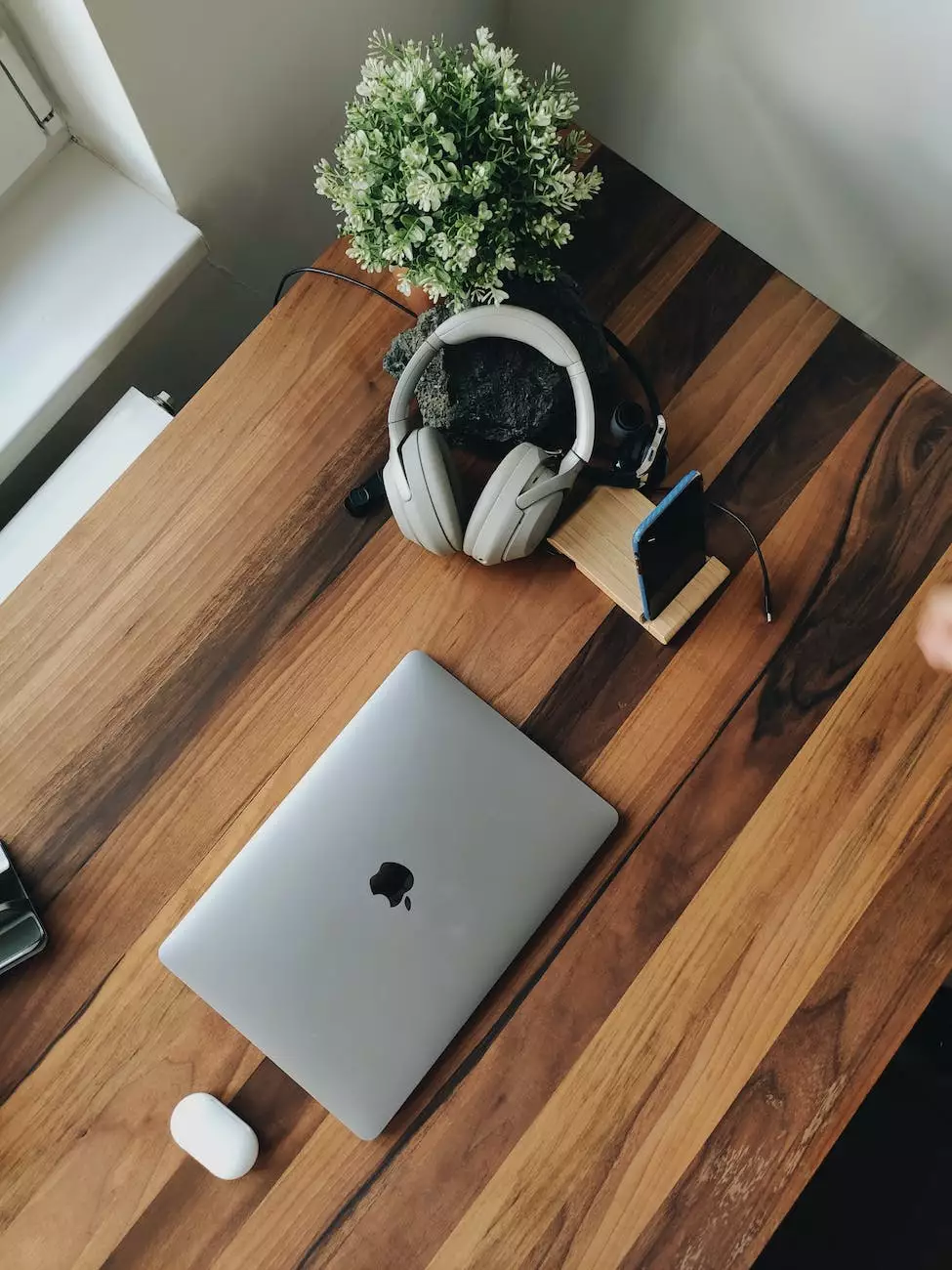Do Google crawlers read widgets differently from on-page text?
Marketing
In the ever-evolving world of search engine optimization, it is crucial to understand how Google crawlers interpret different elements on a webpage. One interesting aspect that often arises is how Google crawlers treat widgets compared to on-page text. In this article, OVYS Digital Presence and Web Design, a leading provider of website development services, delves into the nitty-gritty of this matter to provide you with valuable insights and help you harness the power of SEO for your business in the Business and Consumer Services sector.
The Importance of Widgets and On-Page Text in SEO
Widgets and on-page text are both essential components of a website's content, and they play different roles in enhancing overall visibility and user experience. Understanding how Google crawlers perceive and interpret these two elements is crucial for optimizing your website's ranking potential.
How Google Crawlers Approach Widgets
Widgets are dynamic elements that provide additional functionality and interactivity to a webpage. They can range from social media plugins, embedded videos, image carousels, to interactive maps. While these widgets offer enhanced user experiences, it is important to note that Google crawlers may not interpret them in the same way as on-page text.
Google crawlers rely on HTML coding to navigate through webpages. When it comes to widgets, crawlers search for specific attributes and relevant metadata to understand their purpose and relevance. By utilizing appropriate HTML tags and structured data markup, you can provide additional contextual information to help crawlers interpret your widgets accurately.
Optimizing Widgets for SEO
To ensure that your widgets contribute positively to your website's search rankings, here are a few best practices:
- Use descriptive alt tags for widget images to provide alternative text that describes the content of the image.
- Include relevant keywords in the widget's title or heading.
- Provide clear and concise descriptions within the widget's coding to help crawlers understand its purpose.
- If using embedded videos, provide video transcripts that can be crawled by search engines.
On-Page Text and Its Impact on SEO
On-page text refers to the textual content that appears directly on a webpage. It includes headings, paragraphs, lists, and other text formatting elements. Google crawlers consider on-page text as a primary factor in determining the relevance and quality of a webpage.
When crafting on-page text, it is important to focus on providing valuable, informative, and unique content. Google crawlers analyze various aspects of the text, such as keyword usage, relevance, and user engagement, to determine the webpage's suitability for search queries.
Optimizing On-Page Text for SEO
To make the most of your on-page text for SEO purposes, consider the following tips:
- Perform thorough keyword research to identify relevant keywords and incorporate them naturally within your content.
- Create descriptive and keyword-rich headings (H1, H2, etc.) that accurately reflect the content of each section.
- Structure your content using paragraphs and subheadings to improve readability and user experience.
- Utilize lists (ordered, unordered) to organize information and make it easily scannable for both users and crawlers.
- Implement HTML text formatting tags like bold, italic, and underlined to highlight important information.
Maximizing SEO Potential: Combining Widgets and On-Page Text
Instead of pitting widgets against on-page text, it is important to understand that both elements can work harmoniously to optimize your website's SEO potential.
By strategically integrating widgets and on-page text, you can provide valuable information to users while ensuring that Google crawlers interpret your content accurately. For example, embedding a social media widget displaying recent posts can enhance user engagement while supplementing it with a well-optimized on-page text that describes the benefits or updates related to those posts can help search engine crawlers understand the context and relevance.
Remember, achieving a balance between user experience and SEO optimization is key. OVYS Digital Presence and Web Design specializes in crafting responsive and SEO-friendly websites that leverage the power of widgets and on-page text to deliver exceptional results for businesses in the Business and Consumer Services industry.
Conclusion
In the realm of SEO, it is important to understand how Google crawlers interpret different elements on a webpage. While widgets and on-page text may be treated differently, they collectively contribute to optimizing your website's search ranking potential. By employing best practices for both widgets and on-page text, you can ensure that your website is well-positioned to attract organic traffic and effectively cater to user intent. OVYS Digital Presence and Web Design can assist your business in developing a high-quality website that strikes the perfect balance between user experience and SEO.




